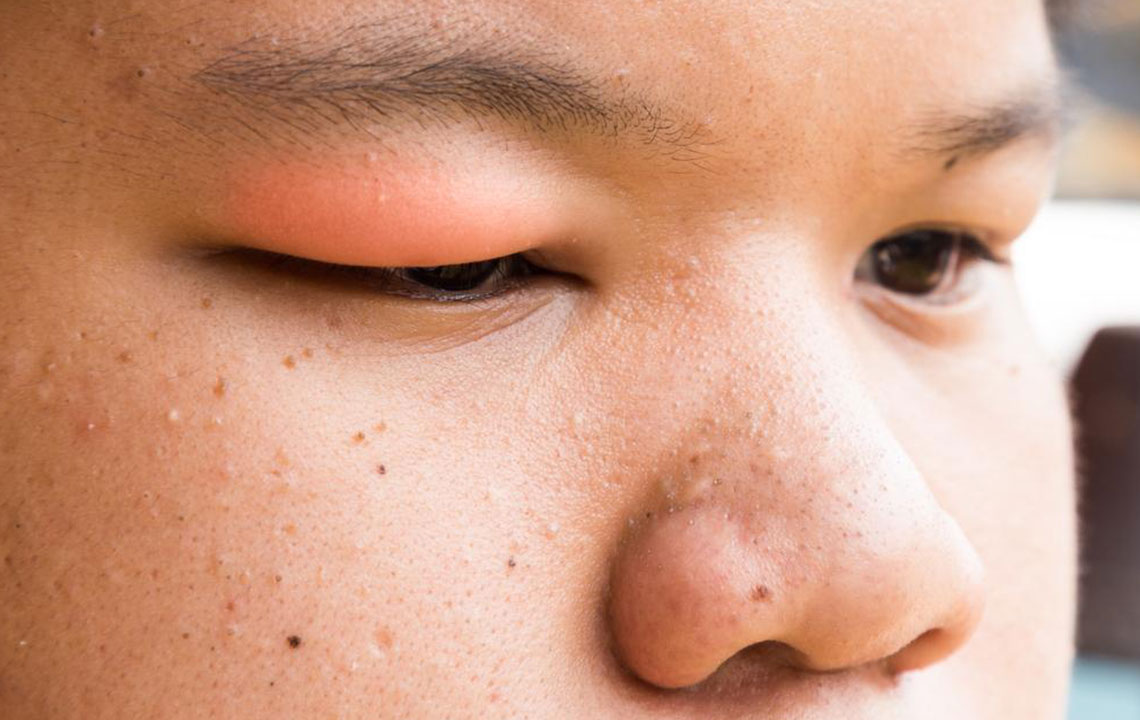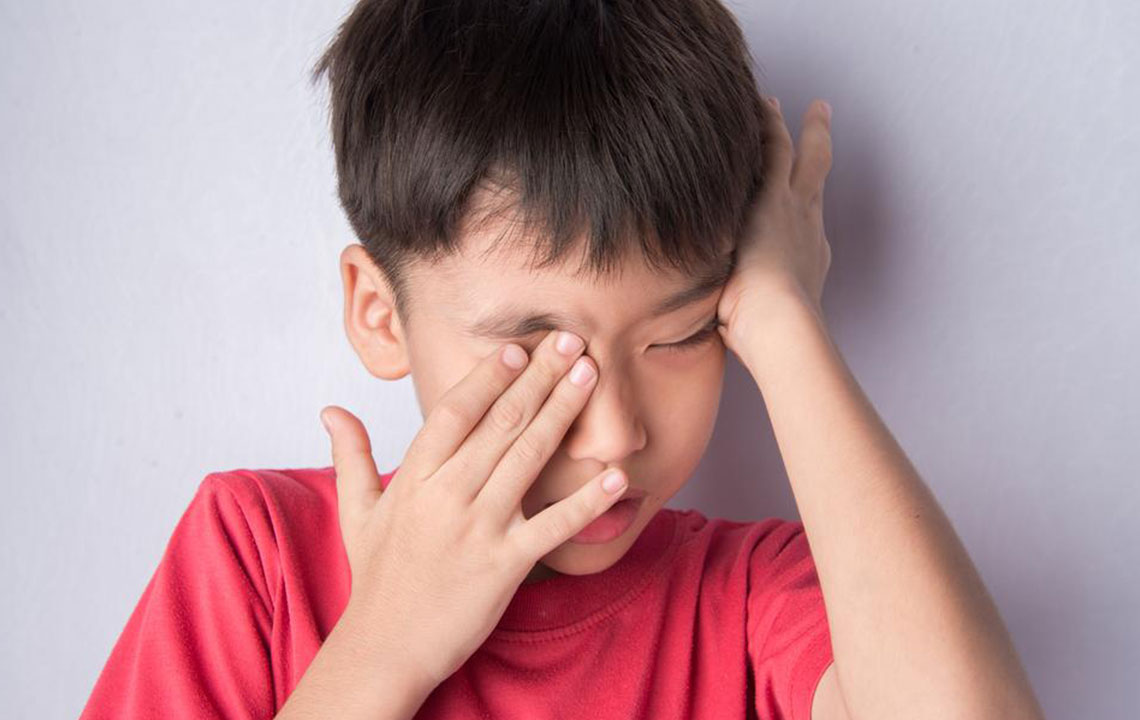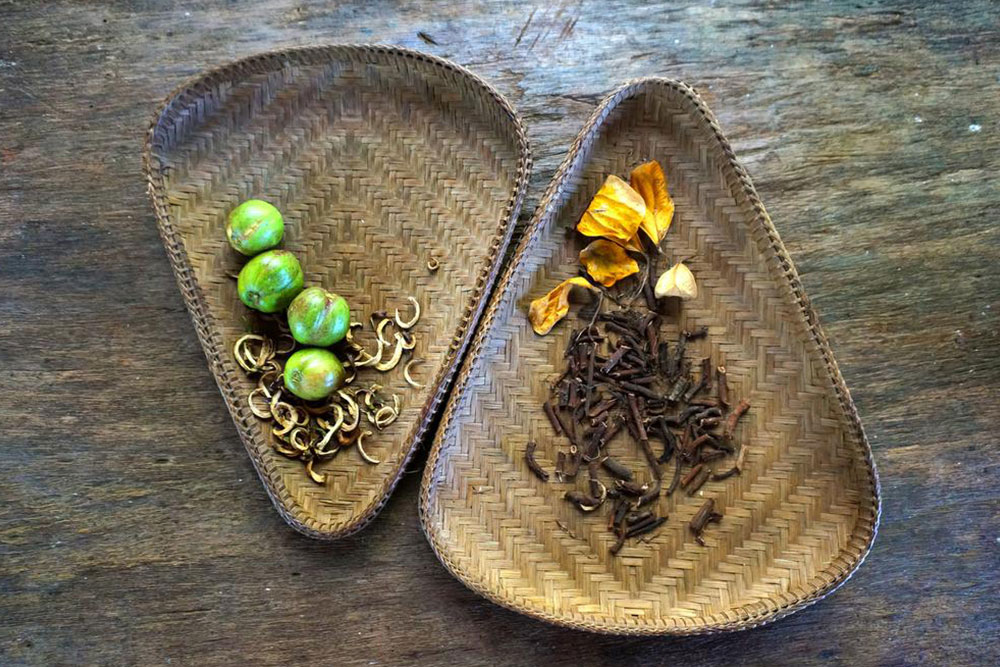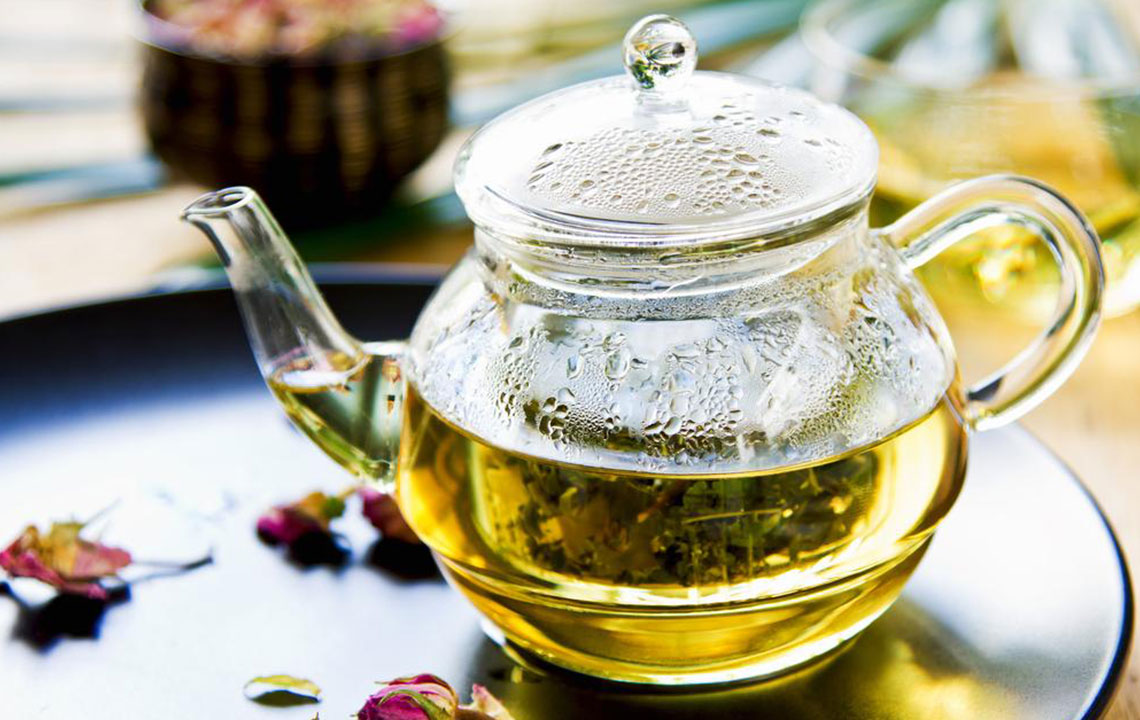Comprehensive Guide to Rapid and Safe Relief from Eye Styes
This comprehensive article offers detailed insights into quickly and safely eliminating eye styes. It covers causes, symptoms, effective home remedies like warm compresses, natural treatments, preventive measures, and when to seek medical attention. Adopting proper eyelid hygiene and early intervention can significantly shorten the duration of styes and prevent complications. Perfect for those looking for reliable ways to manage this common eye condition with safety and efficiency, ensuring eye health and comfort.

Comprehensive Guide to Rapid and Safe Relief from Eye Styes
An eye stye, medically known as Hordeolum, manifests as a small, painful, red bump on or inside the eyelid. This common eyelid condition develops when oil glands or hair follicles near the eyelashes become clogged, irritated, or infected. Styes are a prevalent issue affecting people of all ages and can occur in one or both eyes simultaneously, causing discomfort and cosmetic concerns.
Understanding the causes, symptoms, and treatment options of styes is essential for effective management. The primary culprit behind most styes is the bacteria Staphylococcus aureus, which infects blocked glands. They tend to be more painful and prominent when located inside the eyelid, leading to swelling, tenderness, and visual disturbances.
Factors such as poor eyelid hygiene, stress, chronic eyelid inflammation (blepharitis), and underlying health conditions like diabetes can increase susceptibility to stye development. Recognizing early signs and adopting timely treatment can significantly shorten the duration of these infections and prevent complications.
Most eyelid bumps diagnosed as styes tend to resolve on their own within approximately a week. During this period, the body's immune system works to eliminate the infection, often causing the stye to burst and drain naturally. Supporting this healing process involves consistent eyelid hygiene, warm compress applications, and gentle physical therapy to accelerate drainage and healing.
Home remedies and self-care techniques have long been popular for alleviating stye discomforts, but it’s crucial to seek medical advice if symptoms worsen or persist. Regular application of warm compresses—about 4 to 6 times daily—can help soften the blocked gland, promote drainage, and reduce swelling. Soaking a clean cloth in warm water and placing it gently over the eyelid for 10 to 15 minutes provides effective relief. Additionally, maintaining eyelid cleanliness by carefully washing with a diluted baby shampoo solution using a cotton swab prevents bacterial accumulation and recurrence.
Beyond basic care, several natural remedies are believed to aid in faster recovery. Herbal tea bag compresses, especially chamomile or raspberry leaf, have anti-inflammatory and soothing properties. Boiling coriander seeds and rinsing the eyes with the cooled infusion can minimize swelling. Some natural infusions like acacia leaves, turmeric water, or parsley may also help reduce inflammation and bacterial growth. Applying a potato poultice directly on the eyelid can help decrease swelling due to its natural anti-inflammatory properties.
Other homeopathic and herbal approaches include the use of guava leaves, which possess antibacterial qualities, and herbal tinctures such as Pulsatilla or Silicea, which some believe might prevent recurrent styes. However, it’s essential to consult with a healthcare professional before relying on these remedies for persistent or severe symptoms.
To prevent future styes, maintaining proper eyelid and facial hygiene is critical. Avoid rubbing or touching the eyes frequently, and do not share eye cosmetics, towels, or accessories to minimize infection risks. During a stye, refrain from using eye makeup or contact lenses to prevent aggravating the condition or spreading bacteria. Managing stress and maintaining overall health can also bolster immune defenses, reducing the likelihood of recurring styes.
If symptoms do not improve within a week, or if the infection worsens, it’s crucial to seek professional medical treatment. Doctors may prescribe antibiotic ointments, oral antibiotics, or perform minor procedures to drain the abscess if necessary. Early intervention can prevent complications such as cellulitis or more severe eyelid infections.
In conclusion, understanding how to handle a stye effectively involves a combination of proper hygiene, timely warm compress application, natural remedies, and medical consultation when needed. By adopting these practices, individuals can alleviate discomfort, promote faster healing, and prevent recurrent episodes, ensuring overall eye health and comfort.





